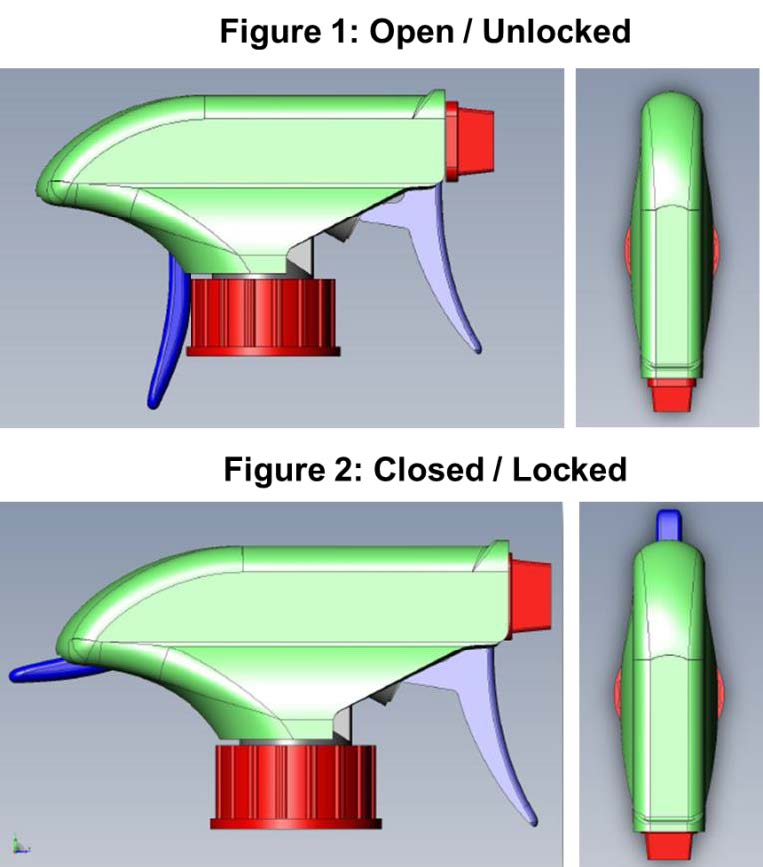Available Technologies
# of Displayed Technologies: 3 / 3
Categories
 Machine Learning of Doppler Echocardiographic Coronary Blood Flow
Machine Learning of Doppler Echocardiographic Coronary Blood Flow
TS-001178 — Currently there are few existing methods on coronary flow pattern automation. The DECFA platform fulfills this unmet need by predicting diseased coronary blood flow by integrating previously unutilized data features from (sonographic) Doppler echocardiography measurements, cardiac functional and other physiological data (e.g. heart rate, body weight, etc) using machine learning. The DECFA program is superior to manual intervention as it provides more efficient analysis, more accurately, and can accept raw video files of PW Doppler and Color Doppler B-mode files, applicable on mouse models, potentially applicable to humans. DECFA can analyze raw PW Doppler AND Color Doppler B-Mode AVI video files to calculate overall coronary blood flow and coronary flow reserve, and the separation of each coronary flow pattern into 4 distinct phases representative of the stages in a cardiac cycle.
Benefits:
More efficient analysis over manual intervention, less error than manual intervention, capable of accepting raw video files of PW Doppler and Color Doppler B-mode files, applicable on mouse models, potentially applicable to humans (not yet validated). New features include the analysis of raw PW Doppler AND Color Doppler B-Mode AVI video files to calculate overall coronary blood flow and coronary flow reserve, and the separation of each coronary flow pattern into distinct phases representative of the stages in a cardiac cycle. The machine learning aspect brings state-of-the-art technology to determine whether it may be useful in directly predicting/diagnosing coronary microvascular disease.
Stage of Development:
We are currently in the final stages of completing the data analysis for all of the in vivo coronary and cardiac physiological parameters that will be used to perform the final runs through the machine learning process. We did perform an “interim” analysis using about half of the data, the results of which were promising (inconclusive at this point, but they put the predictive value of coronary flow patterns above 90% for identifying diseased coronary blood flow). This process also uses the whole envelope instead of discrete points of the coronary flow pattern, in addition to the texture-analysis extension. After this process is complete in mice, we plan to obtain human coronary blood flow patterns to determine whether this could be clinically useful beyond research applications.
Potential Applications/Markets:
Our program could be utilized in a research setting for robust, comprehensive, and more efficient analysis of coronary flow patterns in mice measured through Doppler Echocardiography (It solves the problem of large inter/intra observer error and time required for manual analysis). The program could also be used clinically for use in the medical field for the same analysis if adjusted for human use. It could also be used as an add on feature to the VisualSonics Vevo 2100 software for added capabilities in analyzing PW Doppler coronary flow patterns and Color Doppler B-mode files. The parameters that we identify in our program could be potentially useful in clinical diagnostics/machine learning/prediction modeling for better identifying and predicting disease.
Furthermore, we envision that this could be tested and applied to clinical coronary Doppler echocardiograms, with the readout being predictability of coronary microvascular disease based on the machine learning algorithm of coronary flow patterns.
Opportunity/Seeking:
Development Partner
Commercial Partner
Licensing
IP Status:
Know-how based
Copyright
- College:
- Inventors: Trask, Aaron; Bartlett, Christopher; Bossenbroek, Jamie; McCallinhart, Patricia; McDermott, Michael; Ray, Will; Sunyecz, Ian; Ueyama, Yukie
- Licensing Officer: Corris, Andrew
 Child-Restraint Spray-Bottle for Household Cleaning Products
Child-Restraint Spray-Bottle for Household Cleaning Products
TS-001037 — When it comes to the safety of our children, innovation never stops. There have been many improvements to the safety of devices and receptacles that can be toxic or life threatening if consumed or exposed to skin. A team of researchers at Nationwide Children’s Hospital have incorporated this desire for security into a common household product: the spray bottle. Often filled with harmful chemicals, spray bottles remain one of the leading causes of chemical exposure injuries in children. The team at NCH has developed a “two-step authentication” spray nozzle that requires the dexterity beyond that of a small child. This dual trigger approach requires a full grip that prevents kids from accessing the contents of the spray bottle, while remaining easily usable by adults and seniors.
Benefits and Applications:
Inventors anticipate that incorporating this product into households will result in a decline in child injury due to accidental activation of spray bottles.
Stage of Development:
- College:
- Inventors: McKenzie, Lara; Nelson, Nicolas; Roberts, Kristin
- Licensing Officer: Murrah, Kyle
Electronic Whack-A-Mole: An Interactive Device for Measuring Task Performance and Motion Parameters
TS-000347 — This device provides a system for measuring motion variables, such as speed or reach, cognitive variables such as focus or priotization, or other variables influencing interaction with a physical device, using an interactive game as an interface. By evaluating these variables using performance on a game-based system, the eWAM reduces volitional variation in measured performance, and provides a platform for testing the impact of motivational stimuli at the same time as tracking performance variables.
Researchers at Nationwide Children's Hospital have developed a system for measuring motion (speed or reach) or cognitive (focus or prioritization) variables using an interactive game as an interface. By evaluating these variables using performance on a game-based system, the electronic Whack-a-M…
- College:
- Inventors: Ray, Will
- Licensing Officer: Corris, Andrew
